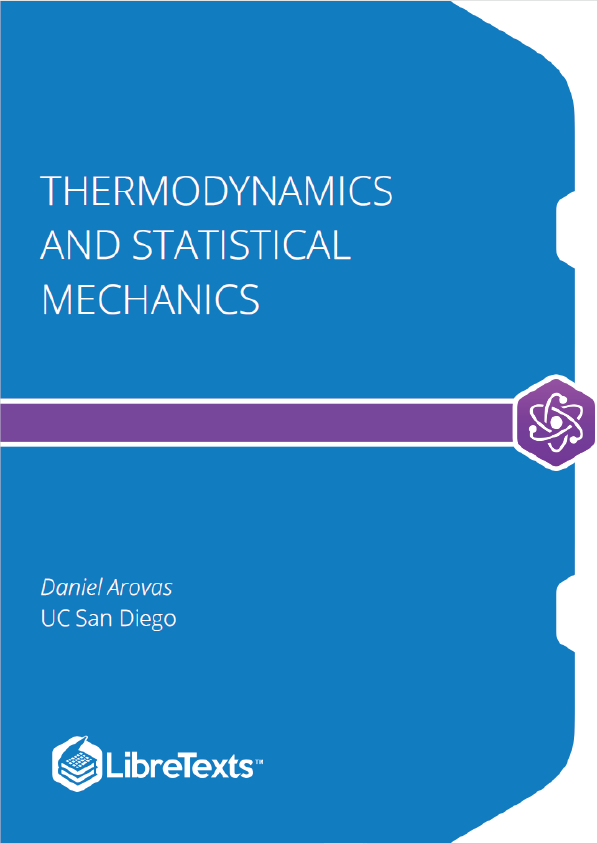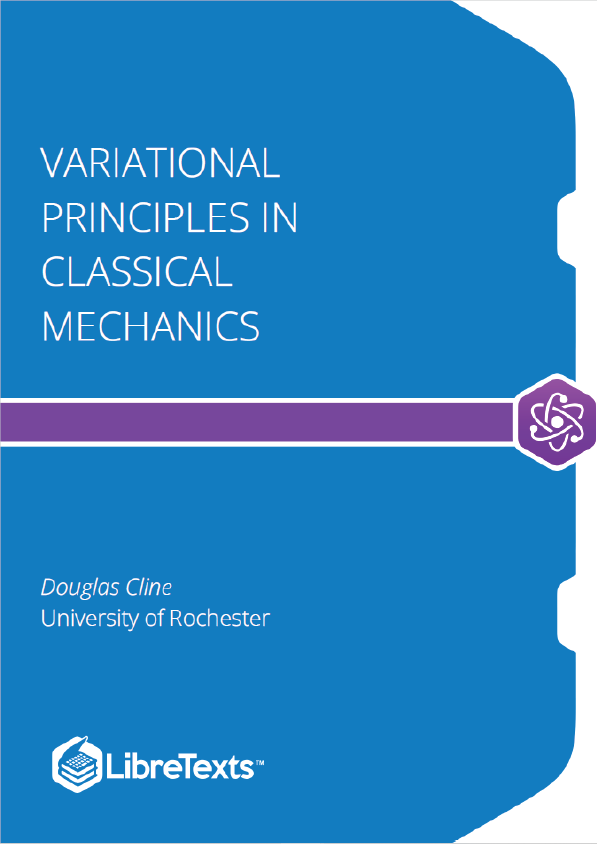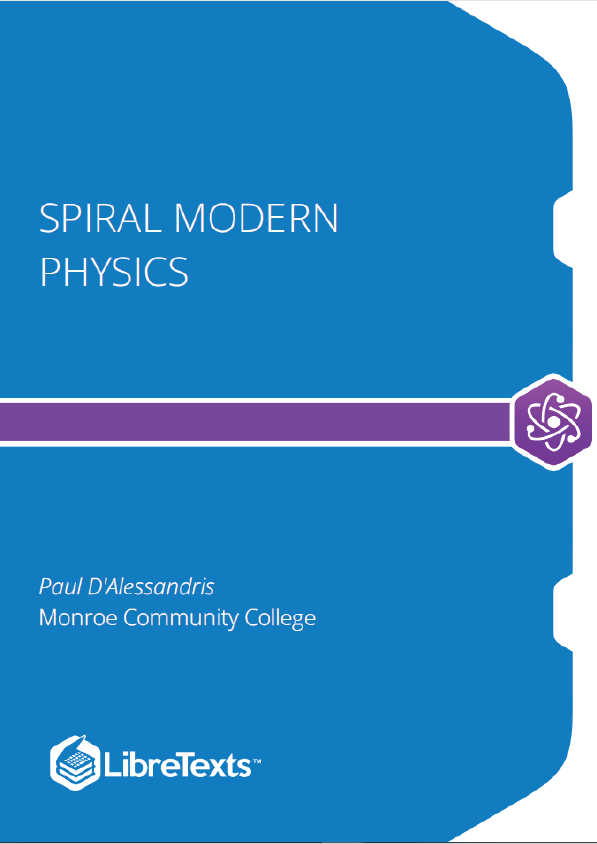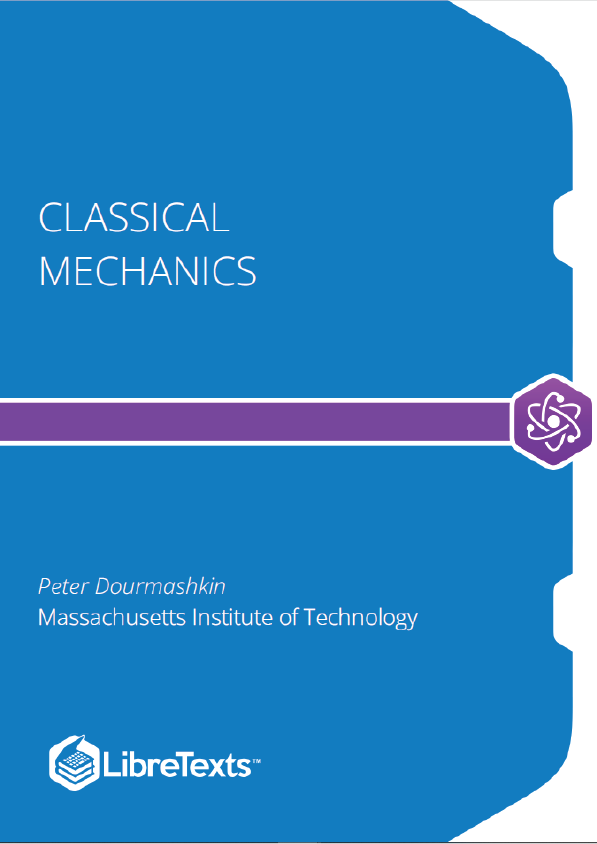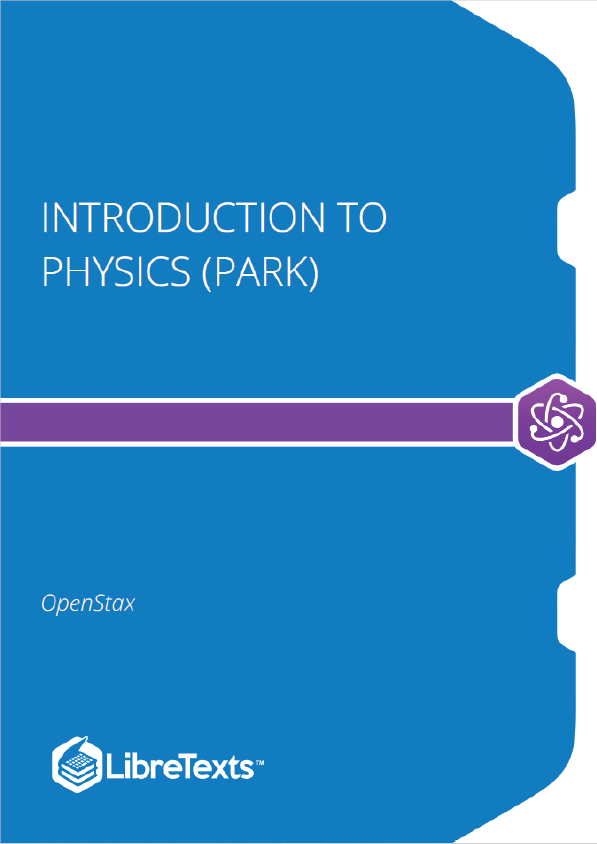So why could my daughter skate so nicely? The answer isn’t so clear! There seem to be two relevant issues in play. First, friction generates heat which can locally melt the surface of the ice. Second, the surface of ice, and of many solids, is naturally slippery. Indeed, this is the case for ice even if one is standing still, generating no frictional forces. Why is this so? It turns out that the Gibbs free energy of the ice-air interface is larger than the sum of free energies of ice-water and water-air interfaces. That is to say, ice, as well as many simple solids, prefers to have a thin layer of liquid on its surface, even at temperatures well below its bulk melting point. If the intermolecular interactions are not short-ranged , theory predicts a surface melt thickness. We show measurements by Gilpin (1980) of the surface melt on ice, down to about C. Near the melt layer thickness is about nm, but this decreases to nm at C. At very low temperatures, skates stick rather than glide. Of course, the skate material is also important, since that will affect the energetics of the second interface. The 19th century novel, Hans Brinker, or The Silver Skates by Mary Mapes Dodge tells the story of the poor but stereotypically decent and hardworking Dutch boy Hans Brinker, who dreams of winning an upcoming ice skating race, along with the top prize: a pair of silver skates. All he has are some lousy wooden skates, which won’t do him any good in the race. He has money saved to buy steel skates, but of course his father desperately needs an operation because – I am not making this up – he fell off a dike and lost his mind. The family has no other way to pay for the doctor. What a story! At this point, I imagine the suspense must be too much for you to bear, but this isn’t an American Literature class, so you can use Google to find out what happens (or rent the 1958 movie, directed by Sidney Lumet). My point here is that Hans’ crappy wooden skates can’t compare to the metal ones, even though the surface melt between the ice and the air is the same. The skate blade material also makes a difference, both for the interface energy and, perhaps more importantly, for the generation of friction as well.
Summary
Extensive and intensive variables: The equilibrium state of a thermodynamic system is characterized by specifying a number of state variables which can be either extensive (scaling linearly with system size), or intensive (scaling as the zeroth power of system size). Extensive quantities include: energy , entropy , particle number , magnetization , Intensive quantities include temperature , pressure , number density , magnetic field , The ratio of two extensive quantities is intensive, . In the thermodynamic limit, all extensive state variables tend to infinity (in whatever units are appropriate), while their various ratios are all finite. A full description of the state of any thermodynamic system must involve at least one extensive variable (but may or may not include intensive variables).
Antoine Lavoisier, the “father of modern chemistry”, made pioneering contributions in both chemistry and biology. In particular, he is often credited as the progenitor of stoichiometry. An aristocrat by birth, Lavoisier was an administrator of the Ferme générale, an organization in pre-revolutionary France which collected taxes on behalf of the king. At the age of 28, Lavoisier married Marie-Anne Pierette Paulze, the 13-year-old daughter of one of his business partners. She would later join her husband in his research, and she played a role in his disproof of the phlogiston theory of combustion. The phlogiston theory was superseded by Lavoisier’s work, where, based on contemporary experiments by Joseph Priestley, he correctly identified the pivotal role played by oxygen in both chemical and biological processes ( respiration). Despite his fame as a scientist, Lavoisier succumbed to the Reign of Terror. His association with the Ferme générale, which collected taxes from the poor and the downtrodden, was a significant liability in revolutionary France (think Mitt Romney vis-a-vis Bain Capital). Furthermore – and let this be a lesson to all of us – Lavoisier had unwisely ridiculed a worthless pseudoscientific pamphlet, ostensibly on the physics of fire, and its author, Jean-Paul Marat. Marat was a journalist with scientific pretensions, but apparently little in the way of scientific talent or acumen. Lavoisier effectively blackballed Marat’s candidacy to the French Academy of Sciences, and the time came when Marat sought revenge. Marat was instrumental in getting Lavoisier and other members of the Ferme générale arrested on charges of counterrevolutionary activities, and on May 8, 1794, after a trial lasting less than a day, Lavoisier was guillotined. Along with Fourier and Carnot, Lavoisier’s name is one of the 72 engraved on the Eiffel Tower.
